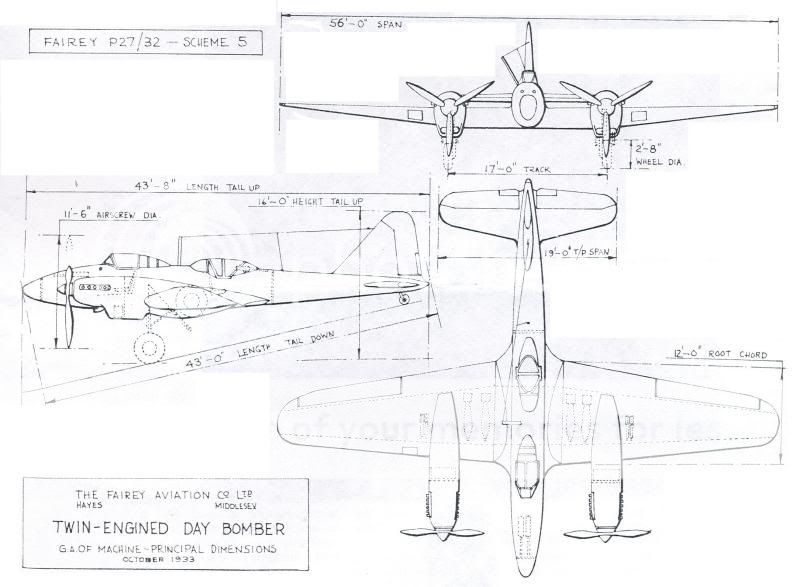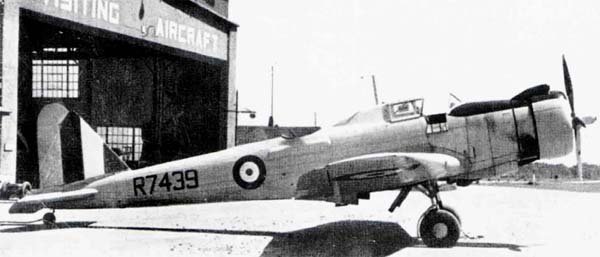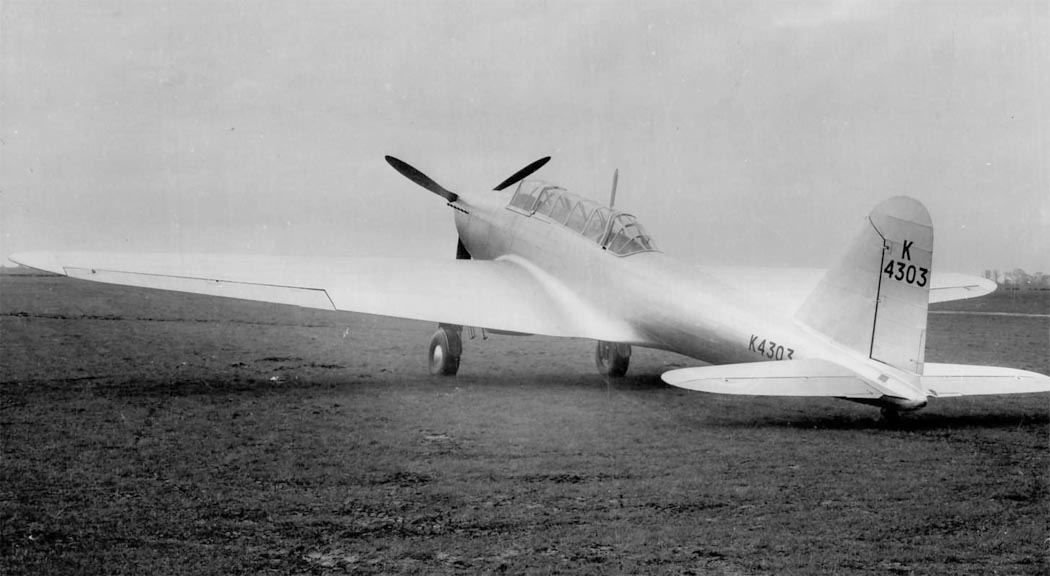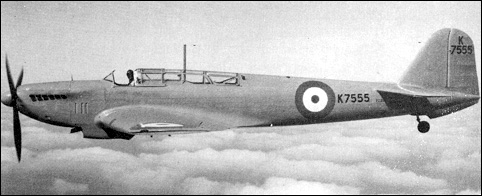http://www.warbirdsforum.com/topic/2926-1933-proposal-for-a-twin-engined-battle/
http://panzercentral.com/forum/viewtopic.php?f=93&t=45546
Despite being a great improvement on the aircraft that preceded it, by the time it saw action the Fairey Battle was slow, limited in range and highly vulnerable to both anti-aircraft fire and fighters with its single defensive .303 machine gun. Though the Battle was obsolete by the start of the Second World War, it remained a front-line RAF bomber owing to a lack of a suitable replacement.
So, I will assume that its obsolescence is recognized by 1938 and an upgrade program initiated. The engineers, unable to acquire a single engine that would provide suitable power decide to make it a twin radial engine design by using the wing structure of the current Bristol Blenheim (so as not to impact Blenheim production).
The production aircraft would feature a strengthened structure, crew compartment armour, self sealing fuel tanks, a solid nose containing four Browning machine guns, and the newer 905hp Bristol Perseus XII engine. Though the later Perseus 100 would produce 1200hp I don't think that the airframe could handle that much power so engine upgrades would end with the 955hp Perseus XVI in 1940.
Though the dimensions would now be very similar to the Blenheim, the twin-engined Battle would still be some 1000kg lighter, even with the 300kg turret. This would probably boost the airspeed by about 100km/h over the heavier Blenheim but I am going to be very conservative and say 50km/h for a top speed of about 475km/h. Range with a standard fuel load would probably drop slightly but still be up near 1500km.
It would also have a Browning in each wing and four more in a Boulton Paul dorsal turret. Personally, I would prefer 12.7mm HMG's over 7.7mm MMGs but British doctrine at the time specified either the latter or 20mm cannon. It would still be able to carry 4x 113kg (250lb) bombs internally and two more externally.
For Coastal Command, these could be replaced with a single under-slung 18 inch Mark XII torpedo (702 kg). In the Mk XIIF, the long-range fighter and night fighter version, I would expect to see two of the nose guns replace by HS-404 20mm auto-cannon with two more in a bomb bay gun pod. The external hardpoints could then be used for drop-tanks to improve range or airborne interception (AI) radar pods (when available) as required.
Fairey Battle Mk.XII
Specifications
General characteristics
Crew: 3 (Pilot, Navigator/Radio Op, Gunner)
Length: 12.91 m
Wingspan: 17.17 m
Height: 4.72 m
Wing area: 43.6 m²)
Empty weight: 3350 kg
Loaded weight: 5200 kg
Powerplant: 2× Bristol Perseus XII radial engine, 905 hp each
Performance
Maximum speed: 475 km/h
Range: over 1500 km
Service ceiling: 8,310 m
Rate of climb: over 7.6 m/s
Armament
Mk XII (1939)
Guns: 1× 7.7 mm Browning MMG in each wing
_____4× 7.7 mm Browning MMG in nose
_____4× 7.7 mm Browning MMG in rear dorsal turret
Bombs: 4× 110 kg bombs internally
_______and 2× 110 kg bombs or 2x drop tanks externally
_______or 1× 728 kg Mk XII torpedo
Mk XIIF (1940)
Guns: 1× 7.7 mm Browning MMG in each wing
_____2× 7.7 mm Browning MMG in nose
_____2× 20mm HS-404 cannon in nose
_____2× 20mm HS-404 cannon in bomb bay gun pod
_____4× 7.7 mm Browning MMG in rear dorsal turret
Bombs: 2× 110 kg bombs or 2x drop tanks externally
Last edited by
Janissarius on 24 Dec 2010, 05:19, edited 1 time in total.










